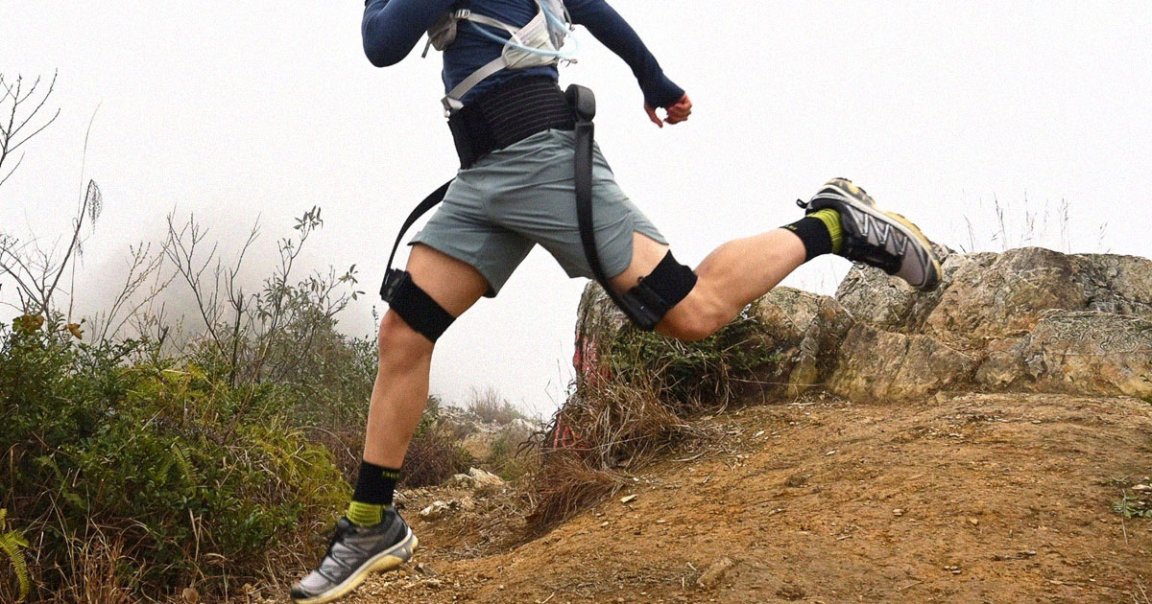
Shell Game
Another week, another exoskeleton on Kickstarter.
A Shanghai-based startup called Hypershell is trying its luck with an AI-powered exoskeleton that promises to take a big load off the next time you’re on a hike or run — and they say it’s even small enough to fit inside a backpack.
But the jury is still out on whether it’s anything more than a sci-fi-looking fashion accessory. To anyone thinking of backing, all the usual caveats about crowdfunding apply — it might not work at all, nevermind well, and it’s not uncommon to receive nothing at all.
Further, Higher, Faster
Still, it’s an intriguing pitch. The sleek 4.4-pound device, which attaches around the hip and thighs and bristles with 14 sensors, is designed to offset up to 66 pounds off the wearer’s back during hill or stair climbs and accelerate the wearer’s walking or running speed with the equivalent of a single horsepower (a healthy human can put out about one horsepower).
The concept is clearly resounding with backers, with the company raising just over $1 million from over 2,200 prospective exoskeleton wearers at the time of writing.
But does it actually work? We’ve got our doubts.
Motion Acceleration
For one thing, the wording about the device’s abilities is pretty vague. On its Kickstarter page, Hypershell claims the device gives the wearer a “50 percent torque increase, and quadrupled motion acceleration capability” — a fair ambiguous claim that doesn’t necessarily translate easily into real-world performance gain when walking or hiking.
For another, the device could actually do more harm than good by causing unusual stress on other parts of the body, as GearJunkie reports.
“The big issue is that when it comes to low back pain, the related musculature is more of an issue in this generation,” John Paul Rodriguez, MD at Texas Orthopedics, told the outlet. “So, offloading your skeleton and compromising your musculature to protect the legs does not seem to make sense.”
In short, we’ll have to wait and see until more testers can get their hands on it.
At just $600 — early backers will only have to pay half of that — it’s relatively cheap compared to other solutions that can cost as much as ten times that. Is it too good to be true? Our recommendation is to stay away from this one until we’ve seen some more extensive reviews.
More on exoskeletons: Man Who Can Only Walk With Exoskeleton Plays Ping Pong Against King of Spain